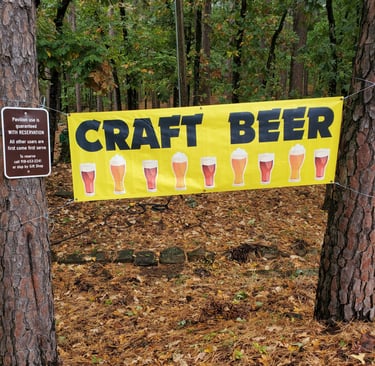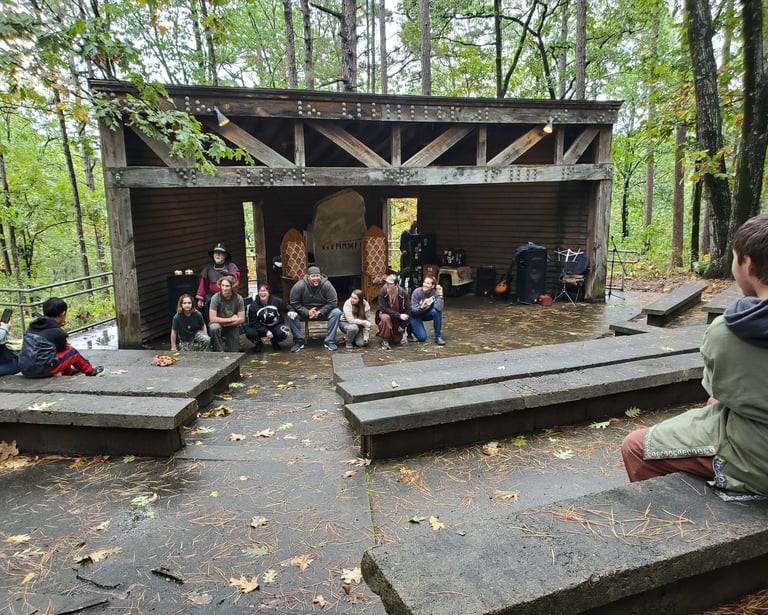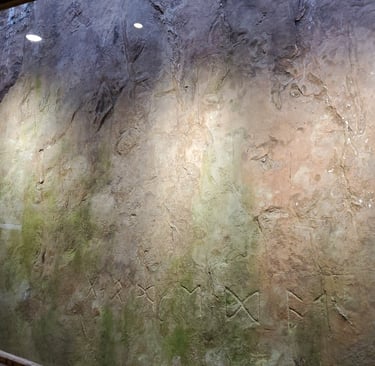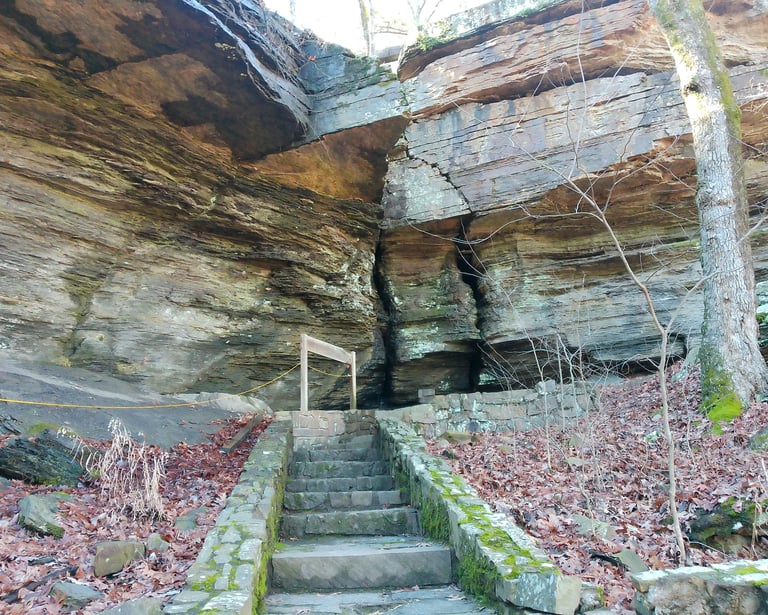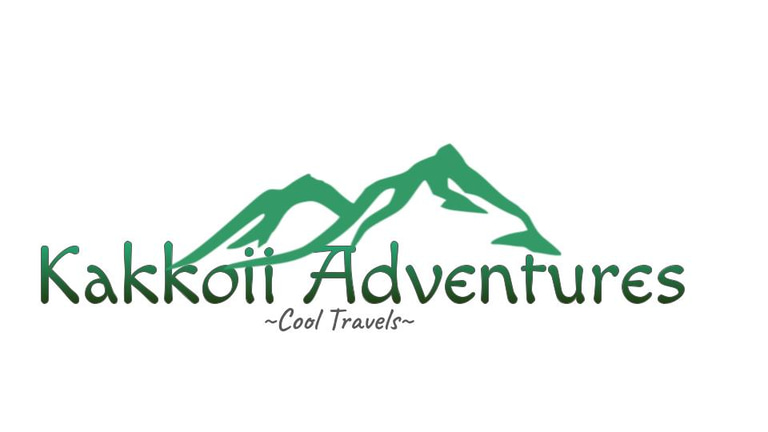What's Stopping You? Change Your Life!
The Stone in the Valley
Heavener and the Whispering Rune
WILLIAM
10/27/20254 min read
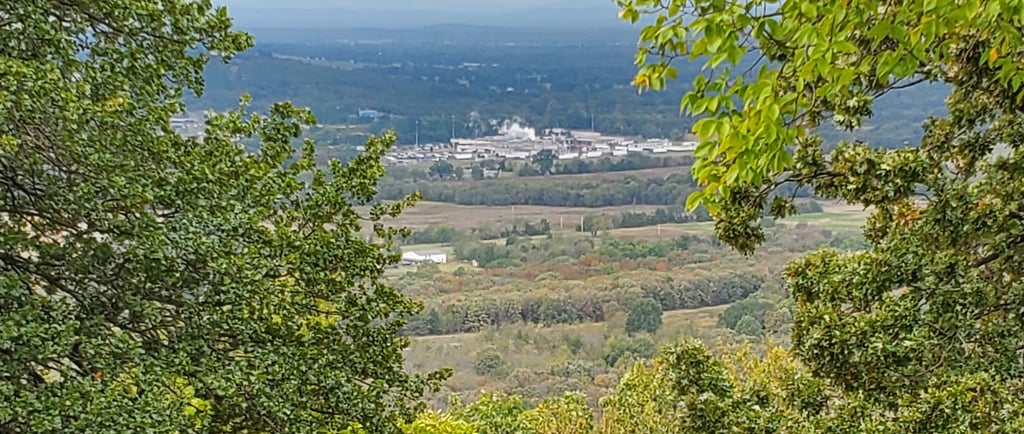

We’d been in Oklahoma since Thursday, and by Friday afternoon, all our business was done — a minor miracle in a state where paperwork with multiple government offices can usually stretch into weeks. By Saturday, we found ourselves at loose ends, unsure what to do next. It felt like that final scene in The Graduate, when Dustin Hoffman and Katharine Ross sit on the bus, staring ahead into an uncertain future.
Driving back from Big Cedar along US 259, we saw a sign for the annual Viking Festival in Heavener. It seemed too odd and wonderful to ignore. Heavener is one of those small southern towns that grew up along the railroad — in this case, the Kansas City Southern main line, once known as the Meridian Speedway. The term “speedway” here refers not to racing, but to the great freight corridor that helped move the region’s commerce. Like many such towns, Heavener is quaint, picturesque, and full of kind people. I’d live there, just not too close to the chicken processing plant. Summers can be rough.
It had rained heavily the night before, the kind of steady downpour that makes every field shimmer with runoff. But we’d promised that if the weather broke, we’d go to the Viking Festival. When the clouds finally lifted, we set out.
The festival was held at Runestone Park, about twelve miles south of downtown Poteau via US-59 and US-271. The short drive south crosses the Poteau River, then winds through the base of the Ouachita foothills — pronounced “Wash-i-tah” — where the land begins to rise and curl in long, green folds. It’s an easy, pretty drive, though the curves can get your attention. Locals quickly figure out we’re not from around here when they find themselves stuck behind us on the highway.
Finding Runestone Park requires either Google Maps, a local’s sense of backroads, or a patient heart. Turning off at West Avenue E, the landscape shifts. The town thins, the road narrows, and the hills begin to lift. The soil turns red-brown and damp with the memory of the nearby Poteau River basin. Pines and oaks crowd the ridges, their roots gripping to ancient shale.
By the time you reach the gate, you’re high enough to see how the land folds and layers — the valley, the bowl of town and tracks below, and beyond them, the Ouachita foothills trailing south like gray-green waves. Runestone Park lies nestled in a natural amphitheater of rock and trees. The formations here are ancient, created 300 million years ago when the South American and African plates collided with North America, raising both the Ouachita and Appalachian ranges. Even now, you can see the layers of shale and sandstone stacked like pages from a book.
At the center of the park stands the Heavener Runestone, a slab etched with eight characters resembling Norse runes. Some say it’s evidence of Viking explorers. Others call it a 19th-century settler’s daydream, carved by a Scandinavian homesteader longing for home. The translation varies — “Glome Dal,” or “Valley of Glome,” is the most poetic. Whatever its origin, the stone has become a magnet for the curious: believers, skeptics, and wanderers like us, drawn by mystery as much as history.
We arrived at the festival just as the drizzle began again, parking in the VIP lot — not because we are VIPs, but because it was closer and drier. The event, hosted by Friends of Heavener Runestone, Inc., was full of energy and warmth. Some call it the Viking Festival, others the Runestone Festival, but either way it’s a community gathering that celebrates the local community and heritage. The proceeds go to park maintenance and summer youth programs — another reminder that small towns often guard their treasures best through shared effort.
The fair was part history, part theater, and entirely good fun. Reenactors in leather and fur swung swords, taught axe-throwing, and demonstrated how to defend yourself with a skjǫldr — a round Viking shield. Neither Mary nor I volunteered; we left that to people who heal faster. There were Lyfjabruo — medicine women selling herbs, teas, and charms — and a Seiokona, or practitioner of Norse magic, offering bones for divination. She explained that they came from a sacred hunt, their purpose to read spirit animals. She was kind, and soft-spoken.
Further down the path, a booth sold mead — honey-based, smooth, deceptively strong. Pleasant on the tongue, but not ideal for walking uphill afterward (speaking for a friend). Nearby, families watched blacksmiths hammer steel, children made shields from plywood, and someone roasted hot dogs over a wood fire. The scent of pine smoke and honey filled the air.
The falconry show, held in the small amphitheater, was the day’s quiet surprise. Presented by Regalia International Birds of Prey, a local conservation group, it combined education with awe. The handlers spoke about how raptors once symbolized strength and grace in Norse culture. When a hawk swept low over the crowd, its wings whispering through the mist, everyone fell silent — even the children.
By late afternoon, the drizzle turned again to rain. People pulled up hoods and laughed, unfazed. Oklahoma weather has a way of testing your patience and rewarding your persistence. We took a shuttle back to our car, the red soil slick underfoot, I thought about that stone in the hillside — whether it marks the passing of Vikings or simply the wish of one immigrant to be remembered. Either way, it stands as proof that meaning can outlast certainty.
If You Go
Heavener Runestone Park is about 12 miles south of Poteau, Oklahoma, off US-59/US-271. The Heavener Viking Festival takes place each spring and fall, hosted by Friends of Heavener Runestone, Inc. The park offers hiking trails, picnic areas, and a small museum. Admission is Free to the park; festival entry is 10.00USD

